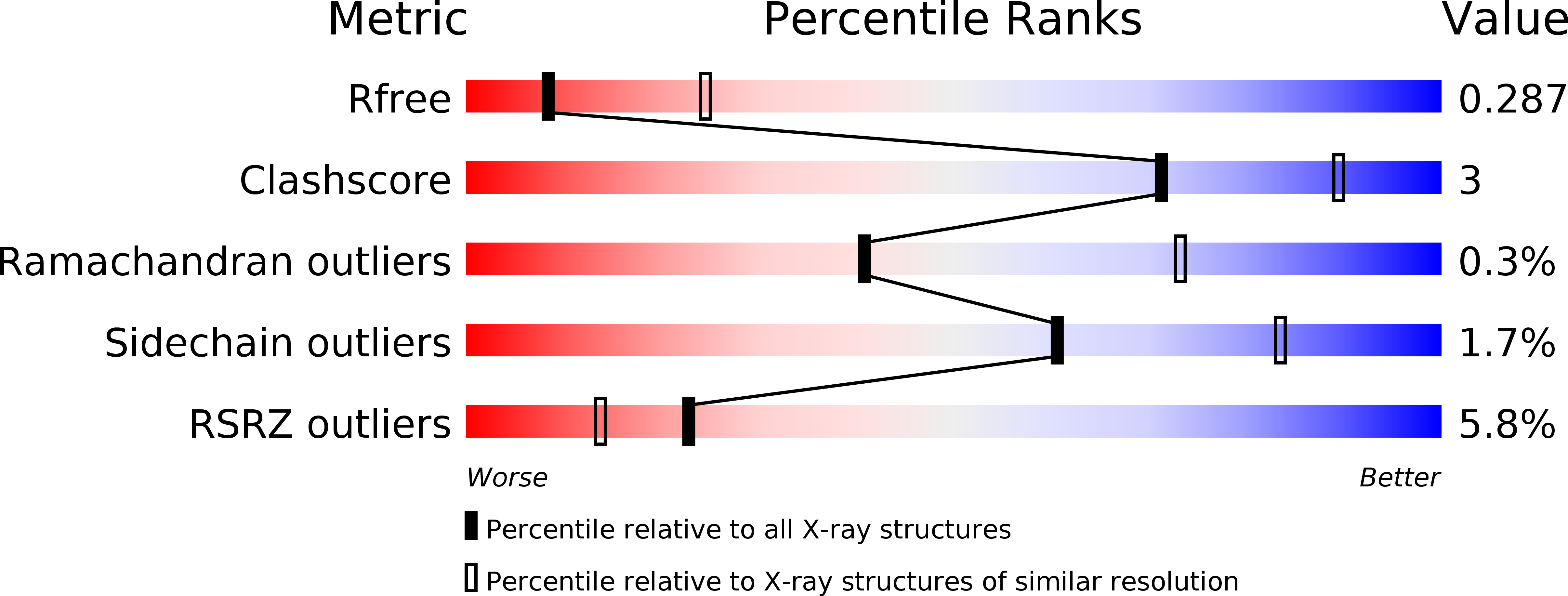
Deposition Date
2012-07-01
Release Date
2013-06-19
Last Version Date
2023-11-08
Entry Detail
PDB ID:
4FWM
Keywords:
Title:
Crystal structure of Salmonella typhimurium propionate kinase (TdcD) in complex with ATP
Biological Source:
Source Organism:
Salmonella typhimurium (Taxon ID: 99287)
Host Organism:
Method Details:
Experimental Method:
Resolution:
2.95 Å
R-Value Free:
0.29
R-Value Work:
0.23
R-Value Observed:
0.23
Space Group:
P 31 2 1


